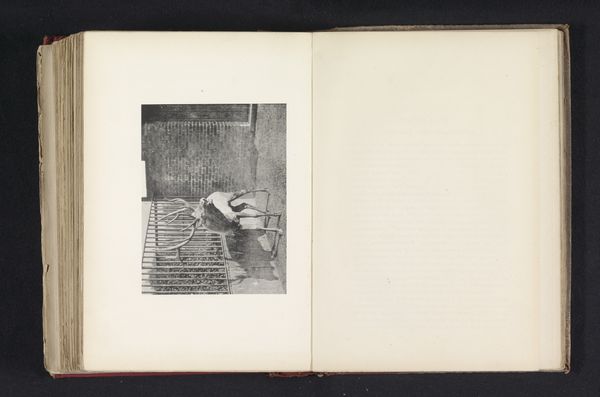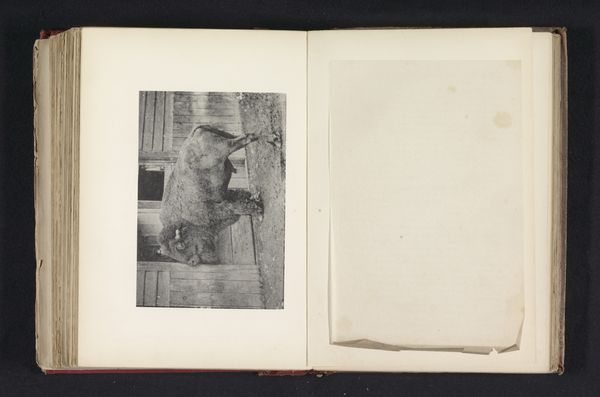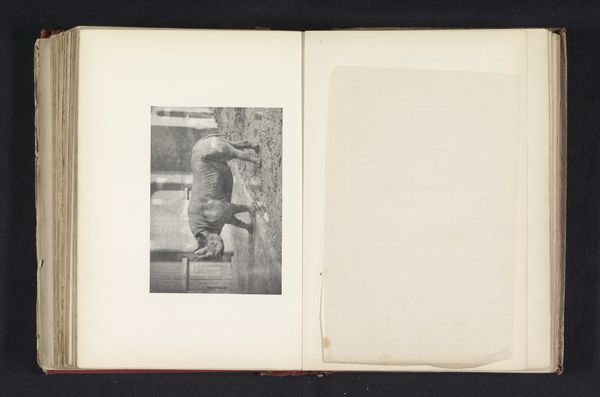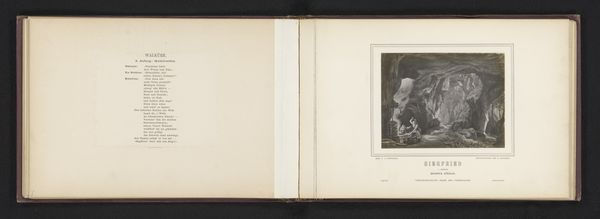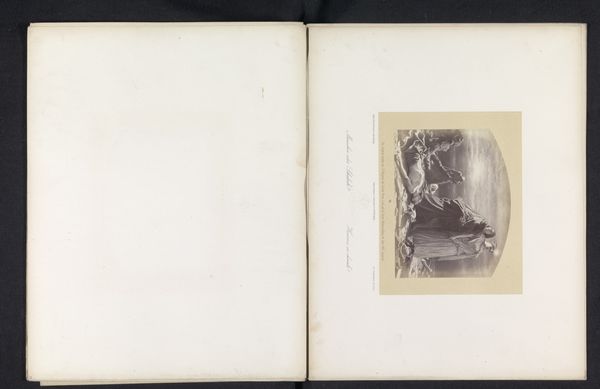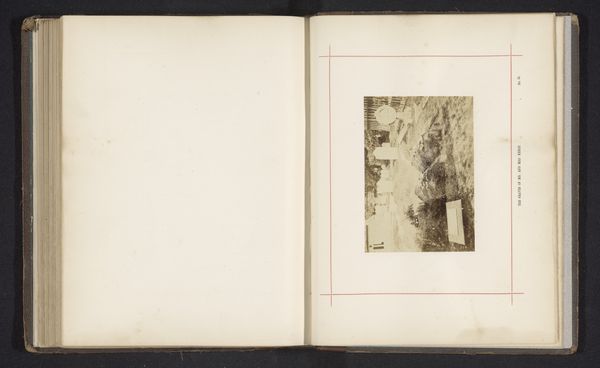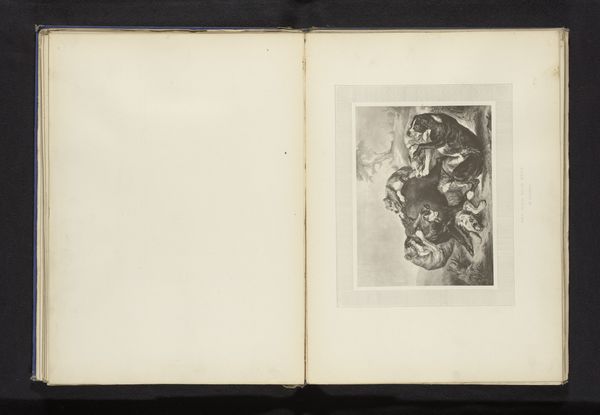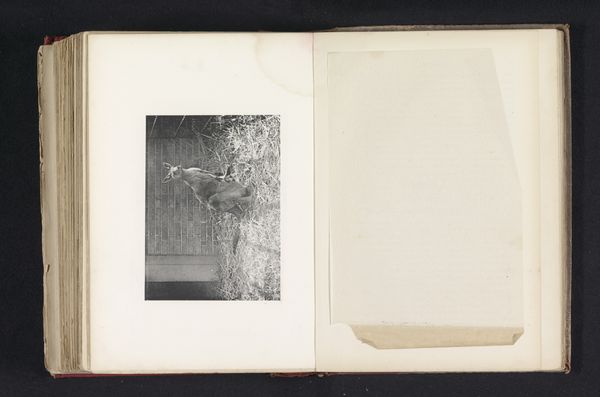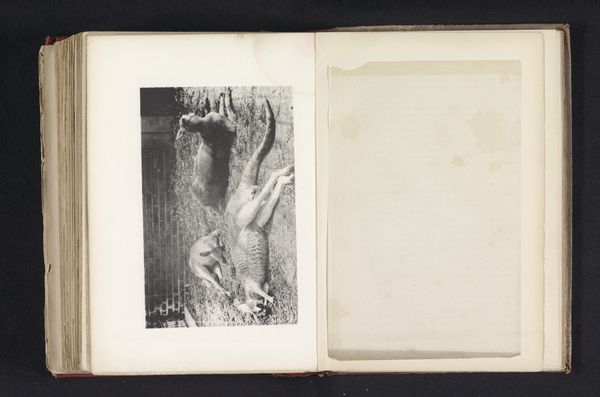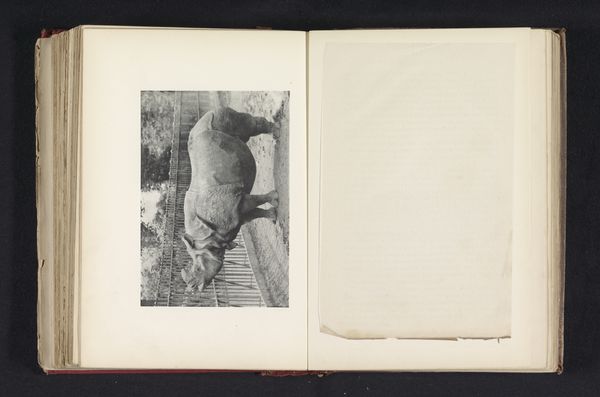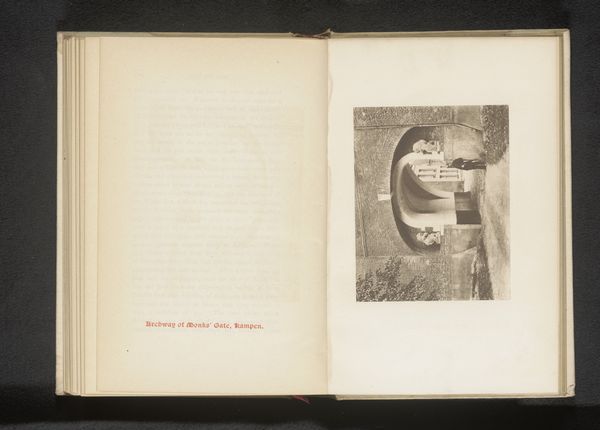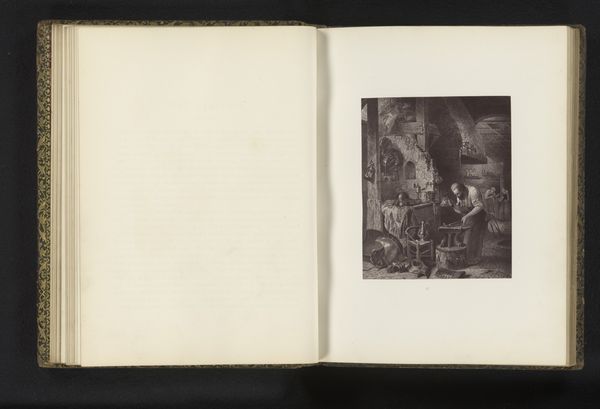
drawing, paper, ink
#
portrait
#
drawing
#
paper
#
ink
#
realism
Dimensions: height 114 mm, width 165 mm
Copyright: Rijks Museum: Open Domain
This print by J. Fortuné Nott depicts an Indian elephant, a symbol laden with cultural and historical significance. In India, the elephant, or Gaja, is revered as a sacred animal, often associated with royalty, strength, and wisdom. Note how this depiction subtly echoes the ancient motif of the triumphant animal. Consider the Benin Plaques where animals were symbols of power and often used in royal contexts. In ancient Rome, elephants were symbols of military might and imperial power, often paraded in triumphal processions to signify conquest and dominion. Over time, the symbolism of the elephant has evolved. From its sacred status in Hinduism to its adoption as a symbol of political power, the elephant’s image traverses continents and epochs. The emotional weight of this image lies in its ability to evoke both wonder and introspection, engaging viewers on a subconscious level with themes of power, grace, and the enduring spirit of nature. This cyclical progression underscores how symbols resurface, evolve, and acquire new meanings across diverse historical contexts.
Comments
No comments
Be the first to comment and join the conversation on the ultimate creative platform.
